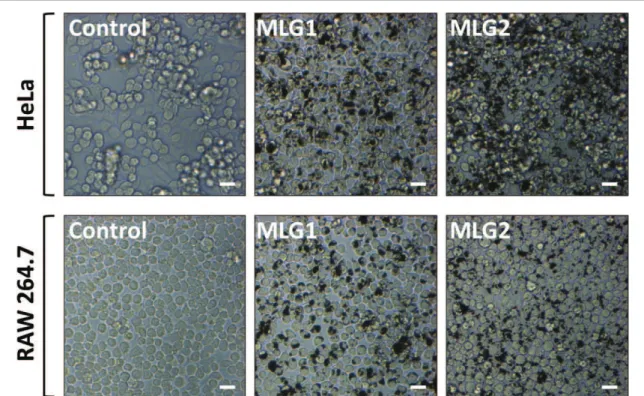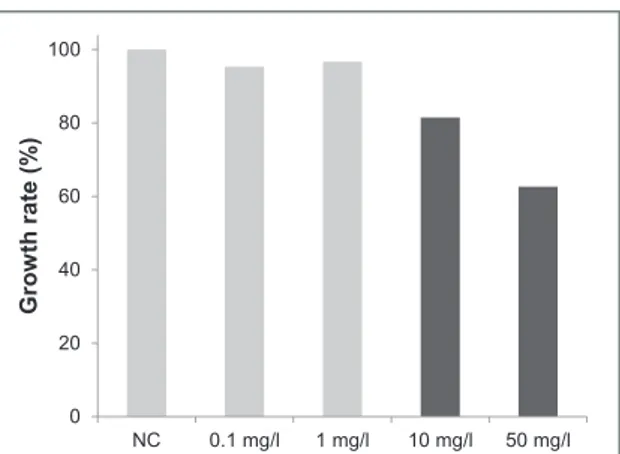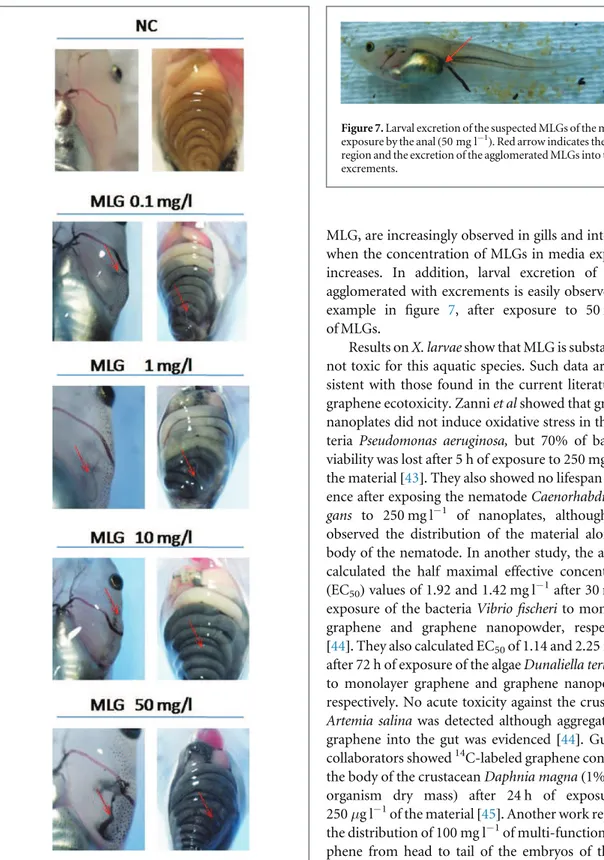Examining the impact of multi-layer graphene using cellular and amphibian models
Texte intégral
Figure




Documents relatifs
Herein, we use single-cell mass cytometry to dissect the effects of graphene oxide (GO) and GO functio- nalized with amino groups (GONH 2 ) on 15 immune cell populations,
In conclusion, one may say that the overshooting problem inherent in the use of time-averaging restrain- ing in molecular dynamics refinement of molecular structure can be alleviated
Mittel- und langfristig durchbro- chen werden kann dieser Circulus vitiosus mit einer antimikrobiellen Therapie oder durch spezifische Therapien der Immun- schwäche wie
DNA sequence analysis of the fragment showed that there are three genes designated afuA, afuB and afuC (Actinobacillus ferric uptake) that encode products
Impact of b-hexachlorocyclohexane on human cellular biochemistry and environmental remediation strategies.. PhD course in Biochemistry PhD course in Sciences agronomiques et
Figure 4.14 Comparison of RefBool and TascA on known marker genes Figure 4.15 Quantitative comparison of RefBool against other methods in clustering RNA-seq data Figure 4.16
To assess the quality of the PRUDENCE simulations for the Rhone watershed, the daily outputs from the listed models for the four climatic variables of interest for this Table 1
To generate a generic experimental set-up, the toxicity of 24 different nanoparticles was assessed on 2 different cell types, alveolar cells (A549 cells) and macrophages (stim-